Key info
Visiting guide
Open 24 / 7 (excluding businesses & attractions)
Free entry (excluding attractions)
Paid car parks
History of Gloucester Docks
1783 – The idea of constructing a basin and connecting it the River Severn is first proposed but abandoned when the site chosen was included in that of the new county gaol [1].
1793 – An Act of Parliament is obtained authorising the construction of the Gloucester & Berkeley Ship Canal to bypass a meandering section of the estuary that was treacherous to navigate [2]. The idea of a basin is now proposed as a dock where the ship canal will terminate transforming Gloucester into an inland port city.
1794 – Construction begins on the main basin of the docks.
1799 – The main basin is completed; however, work on the Gloucester and Berkeley Ship Canal halts [1].
1811 – The Gloucester & Cheltenham tramroad opens. It ran from Gloucester Docks 9 miles to the limestone quarries at Leckhampton by Cheltenham and was the first railway in Gloucestershire. Wagons carrying goods and minerals were pulled by horses along cast iron plates.
1812 – Gloucester Lock is constructed. It originally consisted of two adjoining locks, which opened the docks to traffic from the River Severn [3].
1814 – A shipbuilding yard opens on the docks.
1817 – Work on the ship canal resumes.
1818 – The first graving dock is opened, constructed by John Bird of Stourport.
1824 – The Barge Arm is completed.
1825 – The Gloucester & Berkeley Ship Canal is completed.
1827 – The ship canal is opened, and the docks start to receive traffic from the Severn Estuary. The North Warehouse is opened by the canal company for letting and to the designs prepared by Bartin Haigh, a Liverpool builder. It is the first warehouse to be constructed on the docks and paves the way for many to be built for private interests [1].
1831 – The office building of the canal company is opened [3] alongside a series of eight warehouses on the western side of the basin for Birmingham corn merchants Joseph and Charles Sturge [1]. They were estimated to have controlled around half of Gloucester’s imported corn at the time [3].
1830 – Biddle Warehouse opens for John Biddle, a wealthy Stroud miller. Its design, prepared by William Franklin of Stroud, included a hipped roof, windows with segmental arches, and loading bays facing both the basin and the barge arm and reflects the style of the Stroud Valley cloth mills. A steam engine is also erected next to the graving dock to top up the dock with water from the river [1 & 3].
1833 – Shiptons Warehouse is opened for James Shipton, a timber merchant [1]. Along with Biddle, the warehouses became the transhipment depot of The Severn and Canal Carrying Company [3].
1834 – Lock Warehouse is opened. The first graving dock is opened to provide the means for ship hull repairs and maintenance [3].
1837 – The graving dock is enlarged to accommodate ships of 700 tons.
1838 – Pillar Warehouse on Bakers Quay is opened. The building projects out over the docks so that the hoist could lift directly out of the ship’s hold without obstructing the quayside.
1840 – Reynolds (originally Sturges) and Vinings Warehouses are completed for the corn merchants of J & C Sturge and Vining & Co.
1841 – Railway sidings are added to the docks by the Birmingham & Gloucester Railway Company, which connected the tramroad and its station on the opposite side of the city [1].
1845 – The customs house building is opened.
1846 – Herbert, Kimberley, and Philpotts Warehouses are opened.
1849 – Increased traffic as duties on foreign goods were reduced necessitated an expansion of the docks and so the Victoria Basin and Victoria Warehouse are opened. The basin was primarily used for moving grain. Later on, the basin was used to export Worcestershire salt. The Weighbridge House is also complete, which starts weighing empty and full carts to determine their weight. The Mariner’s Chapel is opened to provide services for the dockers and foreign mariners who came into Gloucester from all parts of the world.
1850 – City Mills are opened on Commercial Road by the docks, which offers a speedier solution for processing an ever-increasing amount of grain.
1851 – Albert Warehouse is opened.
1853 – The second and larger graving dock is opened. City Mills doubles in size.
1861 – Britannia Warehouse is opened.
1869 – Albert Warehouse is converted into a flour mill.
1870 – Alexandra Warehouse is opened, which originally stored corn, then sugar.
1873 – Llanthony Warehouse, the last great warehouse of the docks is opened
1875 – Alexandra Warehouse is rebuilt after a devastating fire and the original eaves are replaced by a parapet.
1948 – The British Transport Commission takes ownership of the docks following nationalisation of the waterways.
1970s – Small coaster vessels and barges continued to use Gloucester Docks until this decade as British manufacturing declines.
1978 – The customs house becomes the headquarters of the Gloucestershire Regiment.
1979 – Amidst a decline in traffic, some of the warehouses on the docks were repurposed starting with Lock Warehouse, which became an antiques centre.
1980 – The headquarters of the Gloucestershire Regiment is closed, and the former customs house is opened as the Soldiers of Gloucestershire Museum.
1984 – Albert Warehouse became a museum of advertising and packaging.
1986 – The North Warehouse is refurbished and repurposed as the main administrative offices for Gloucester City Council [1].
1987 – Britannia Warehouse is completely rebuilt after it was destroyed by fire [3].
1988 – Llanthony Warehouse opens as the National Waterways Museum Gloucester [1].

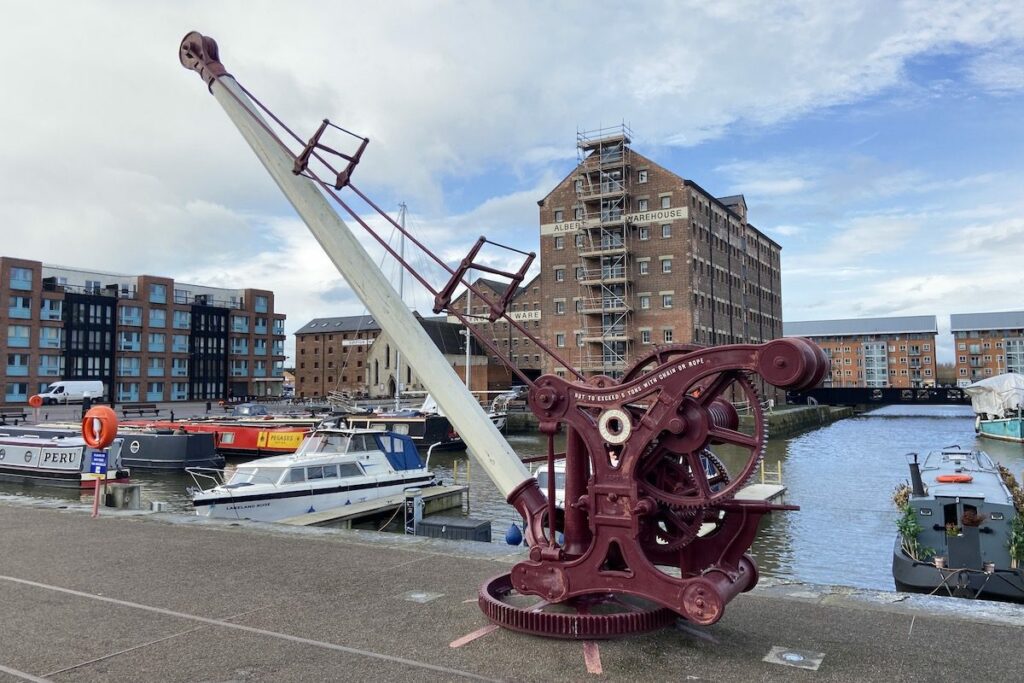
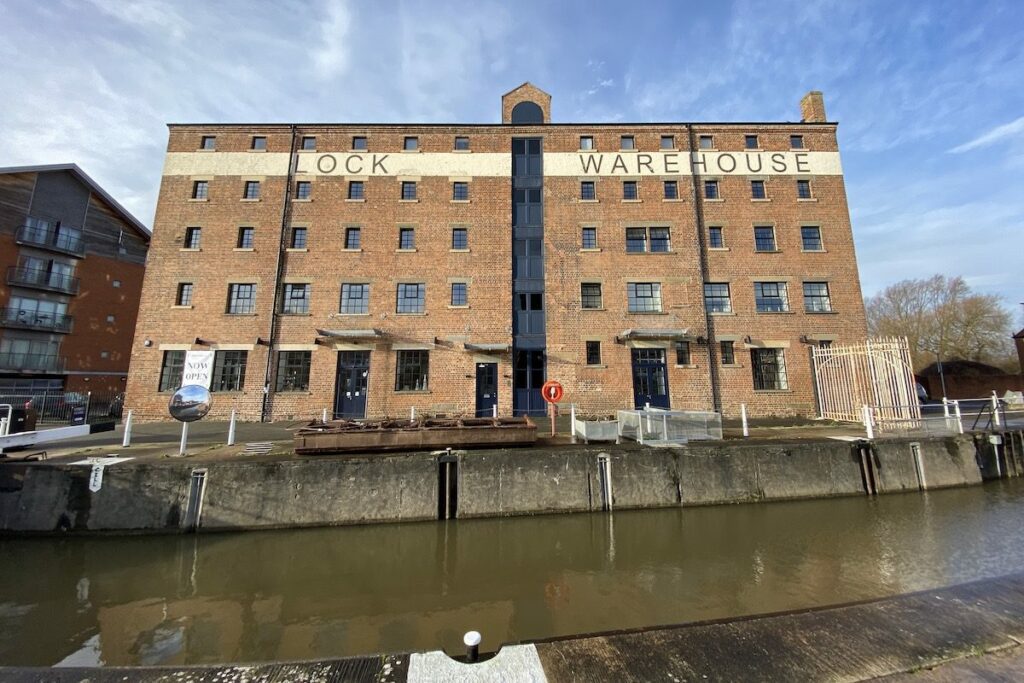
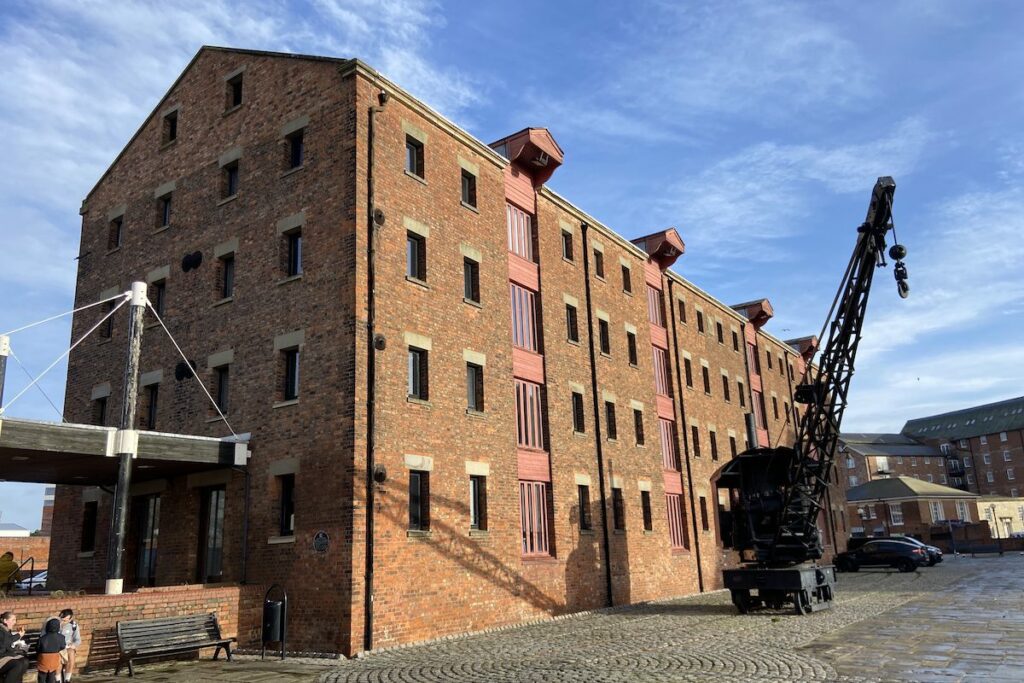
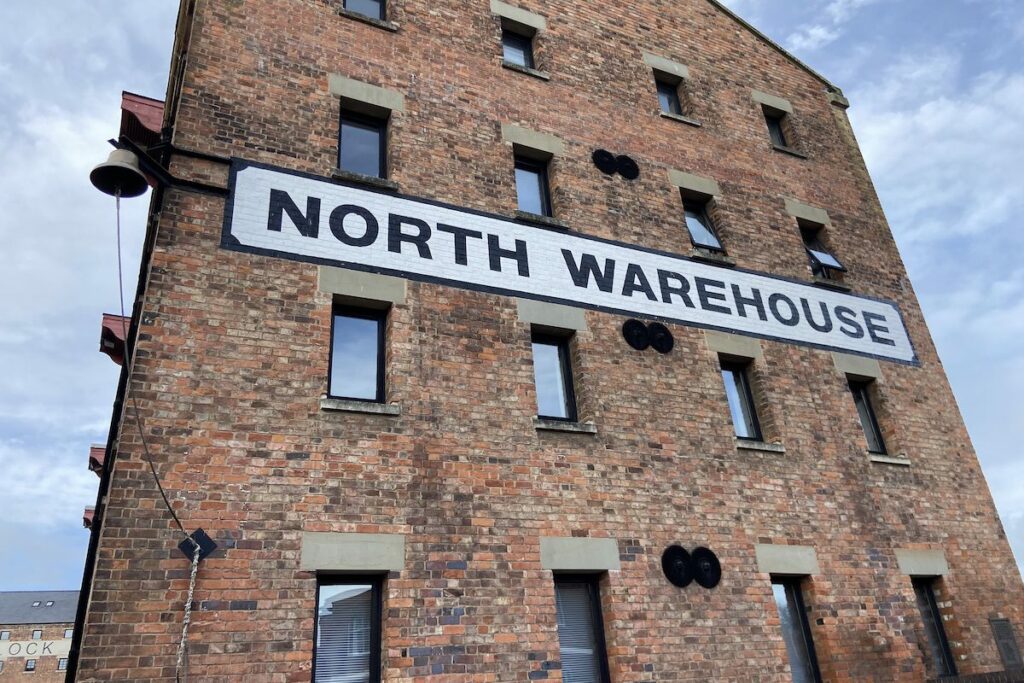
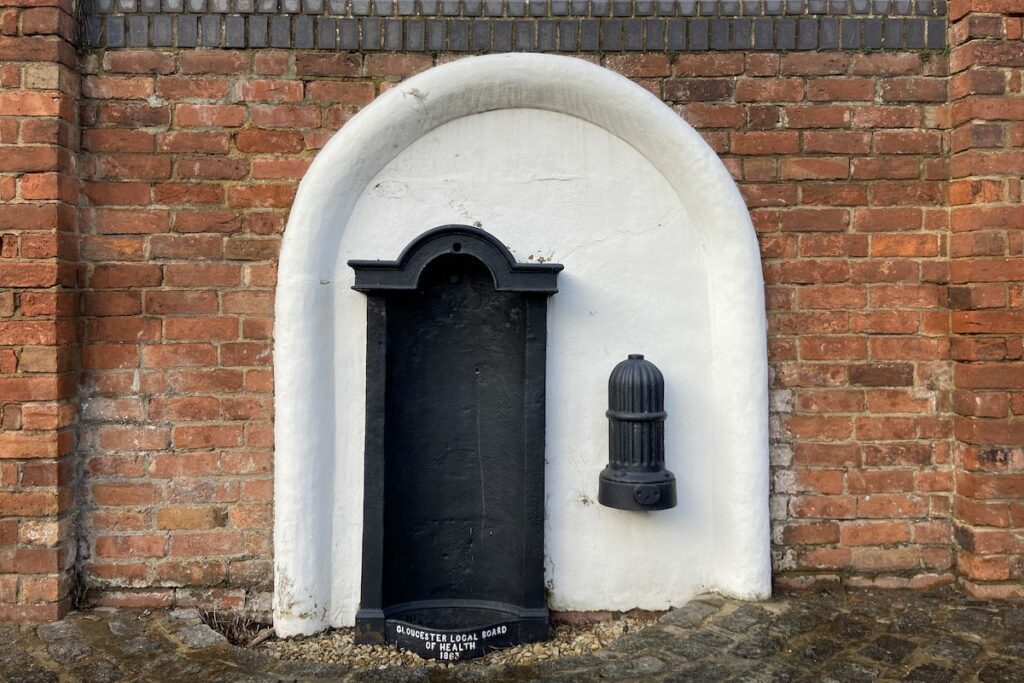
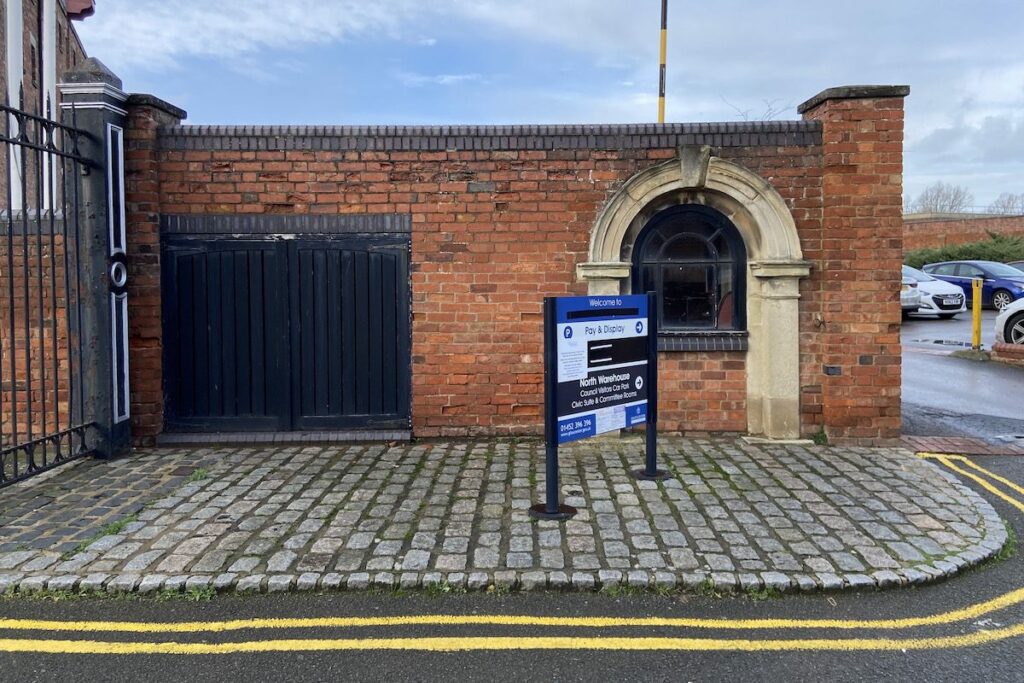
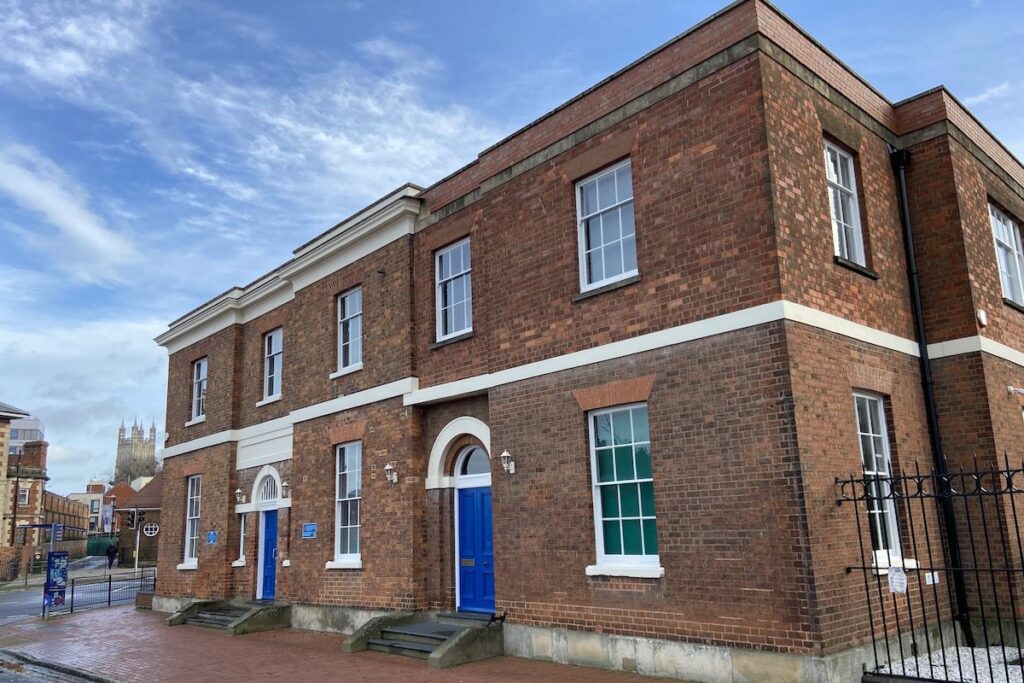
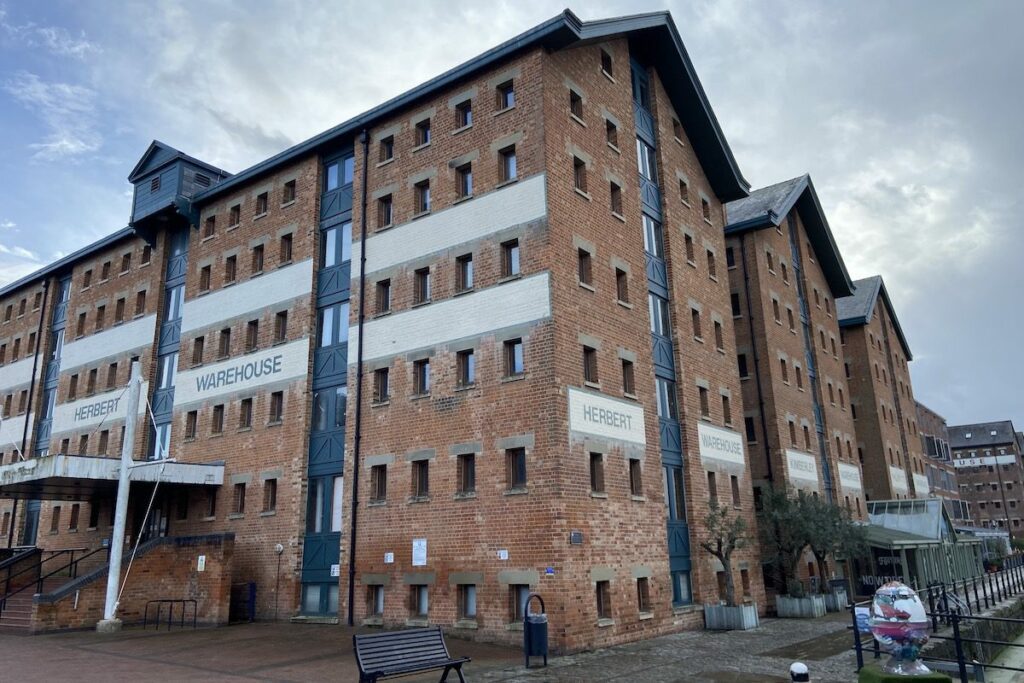
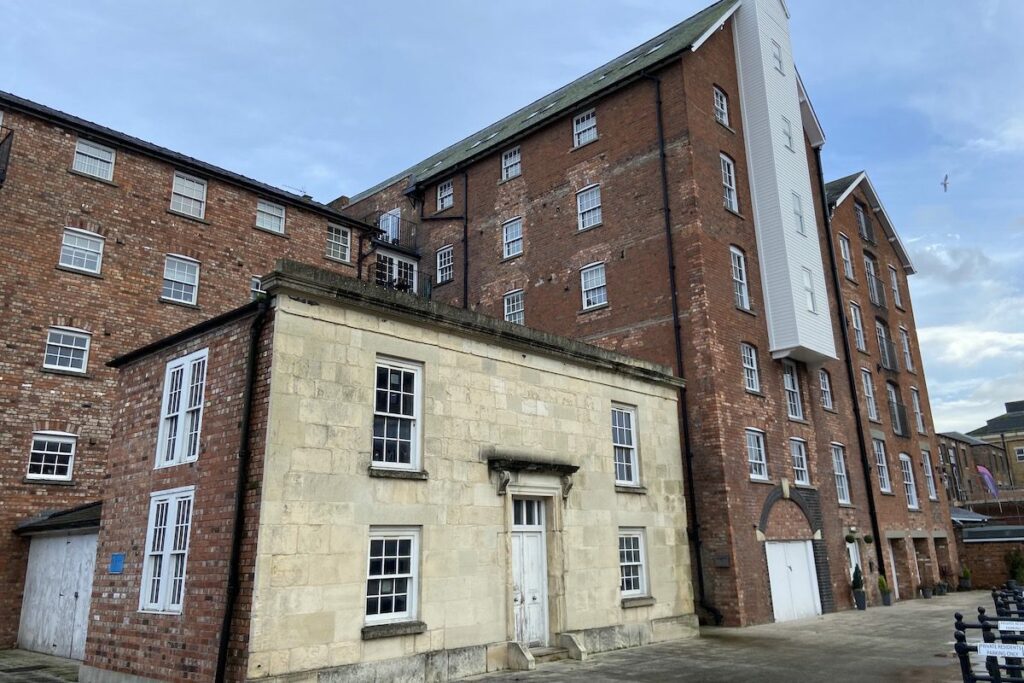
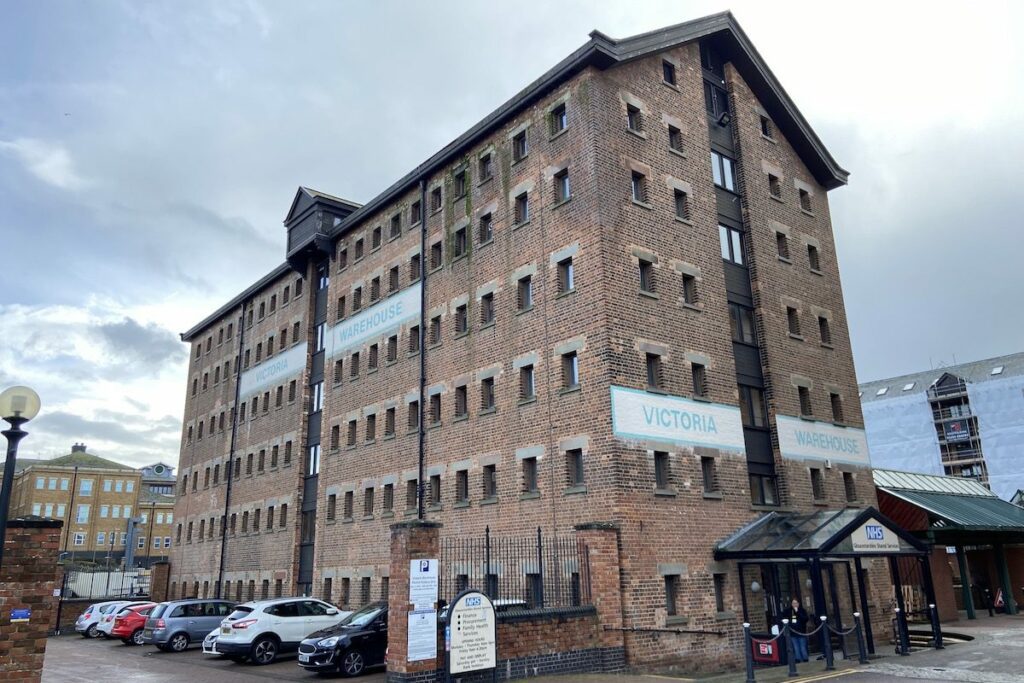
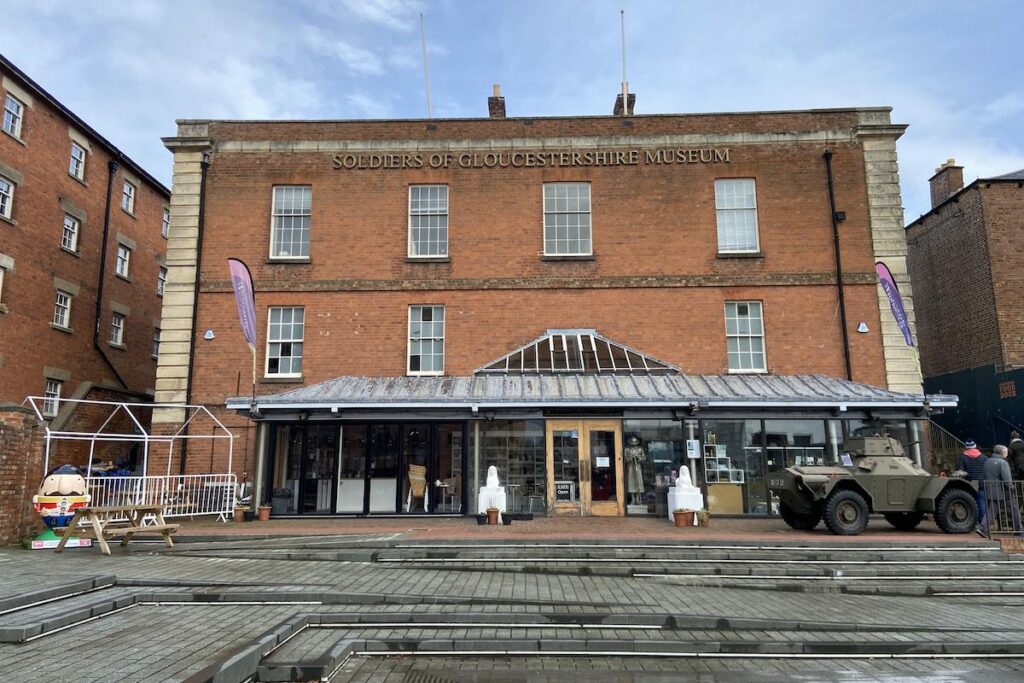
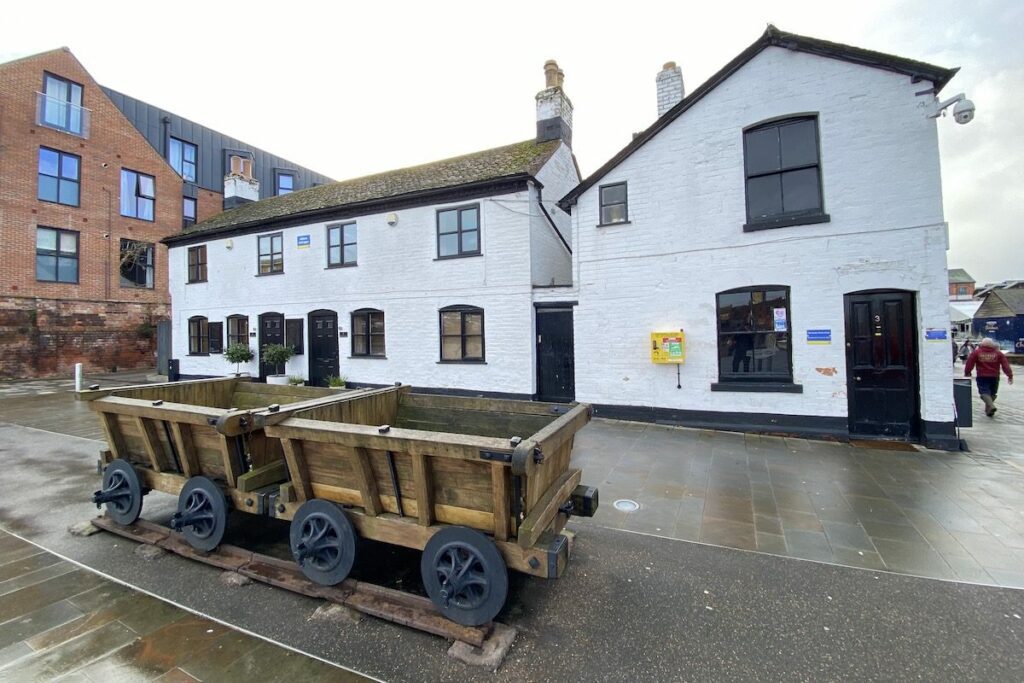
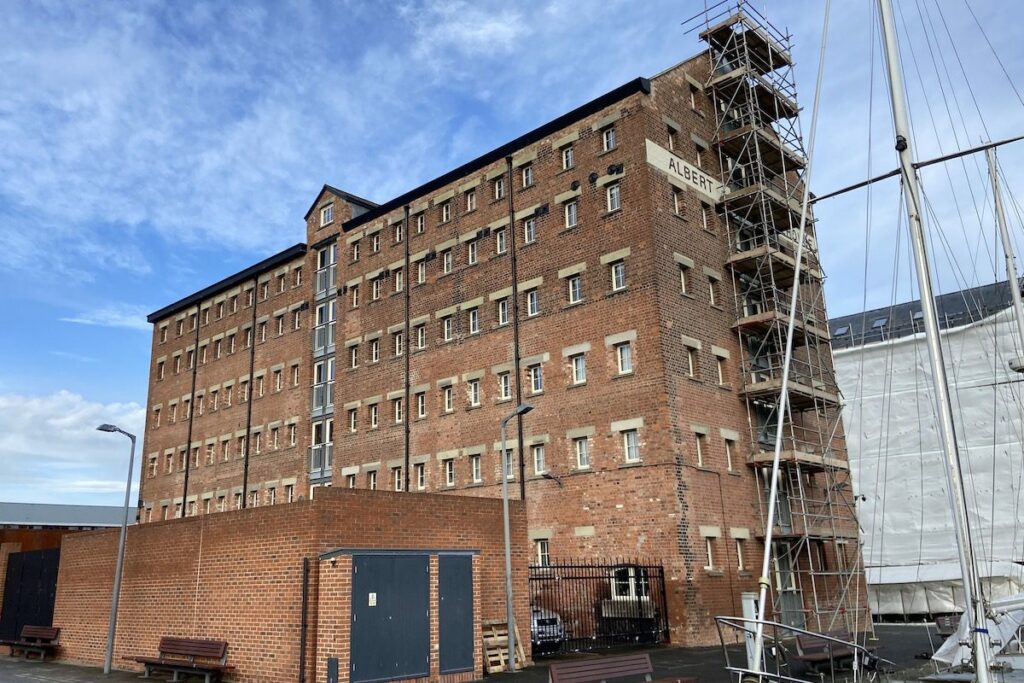
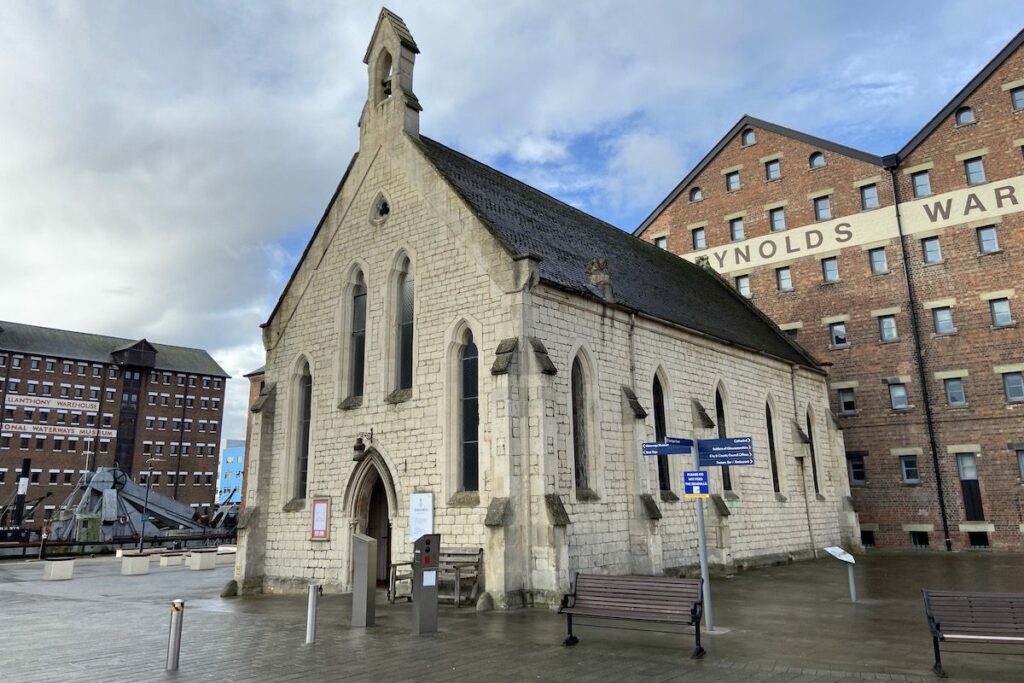
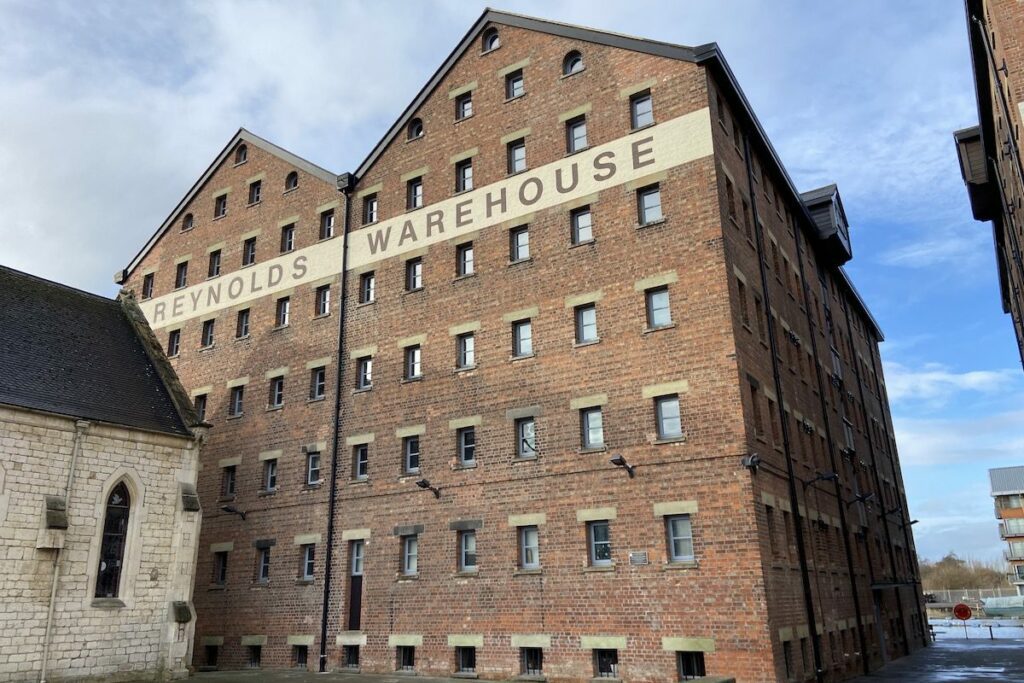
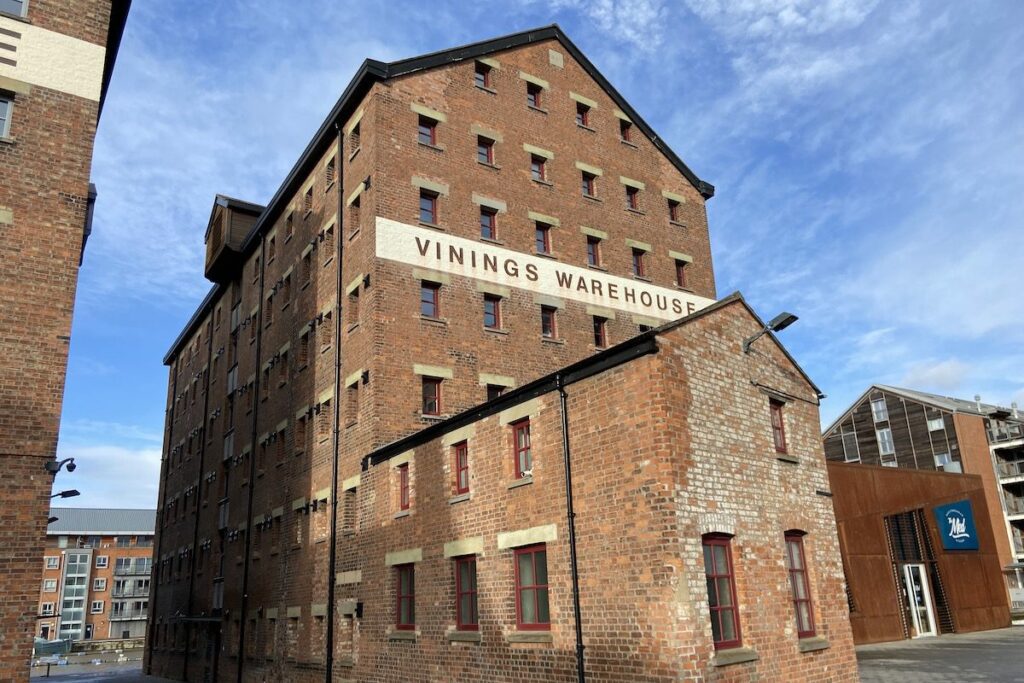
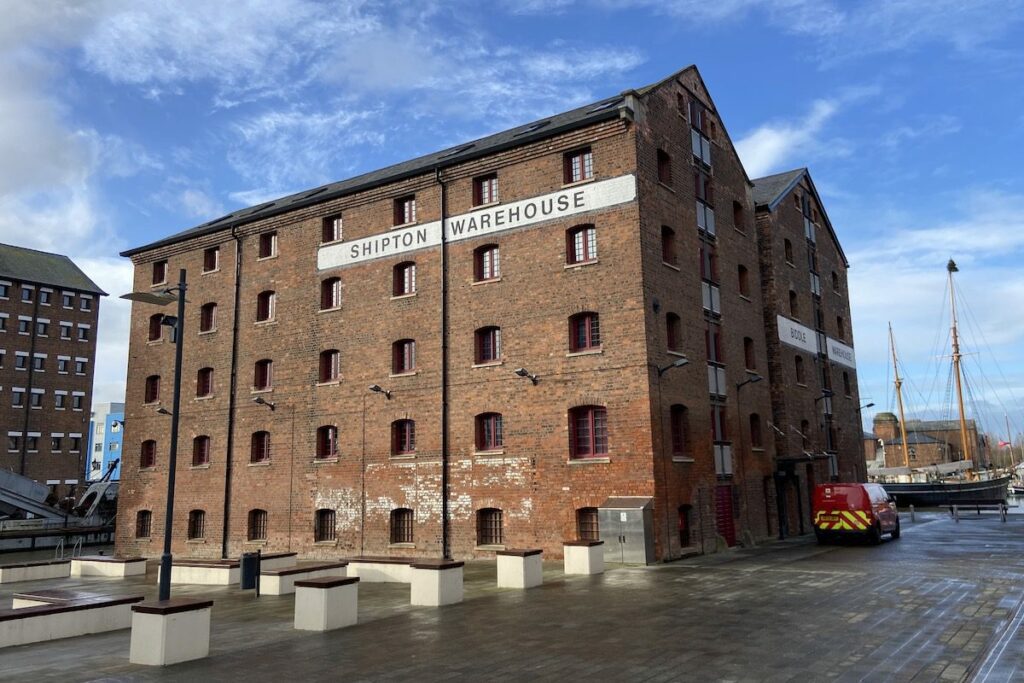
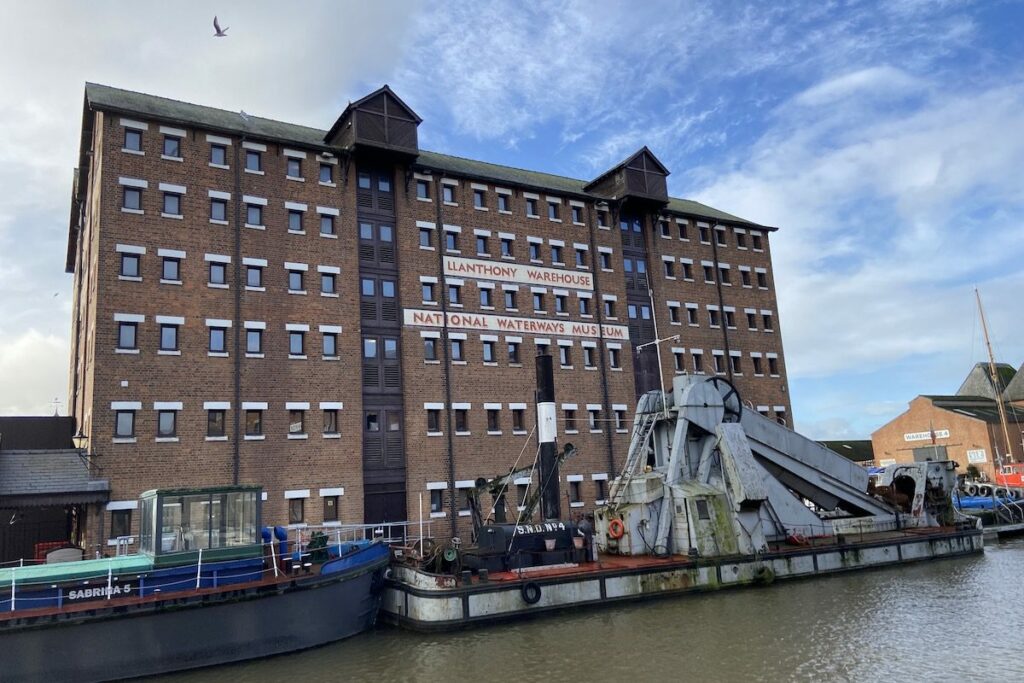
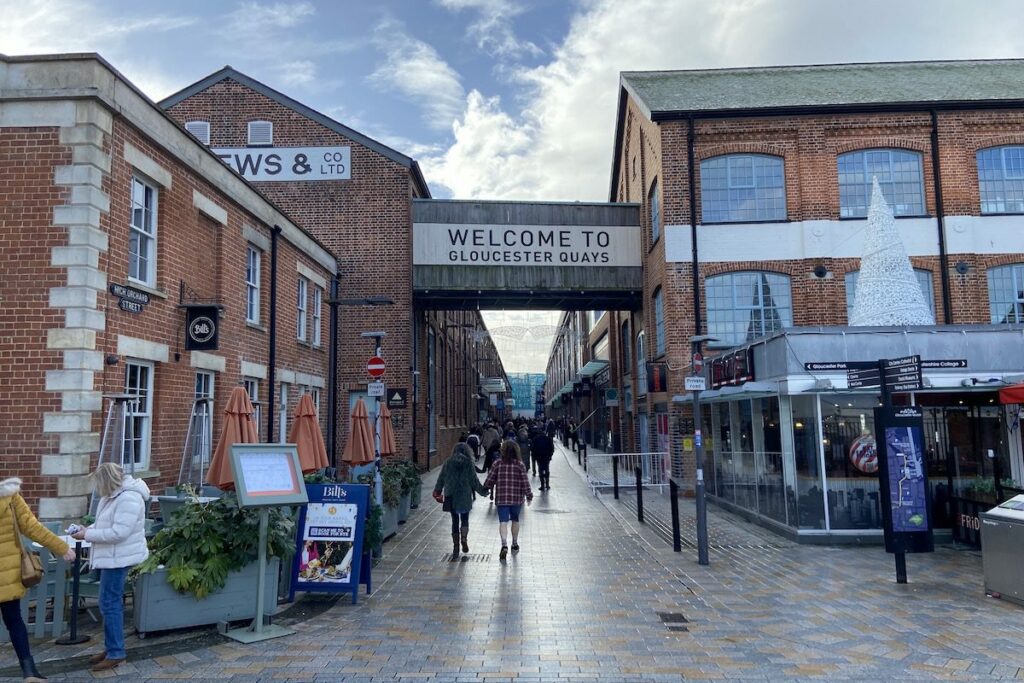
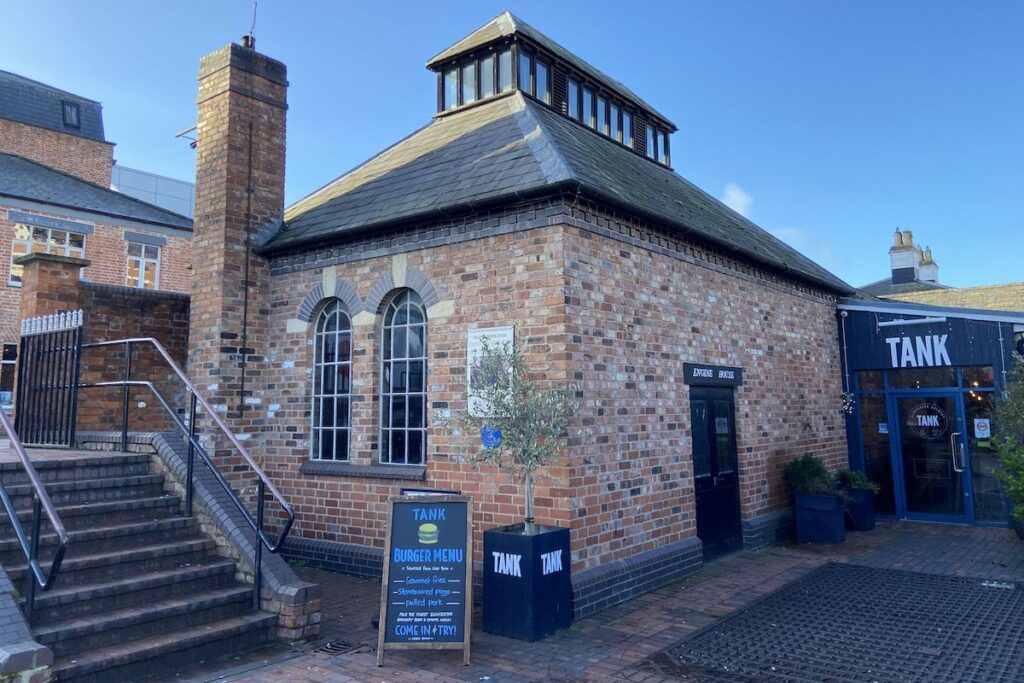
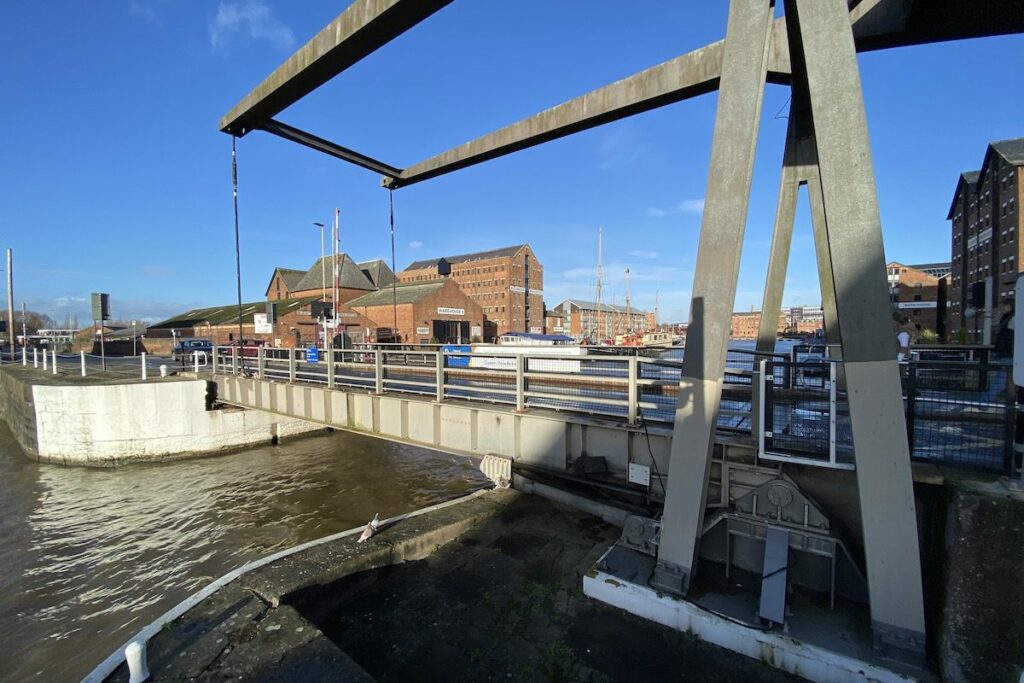
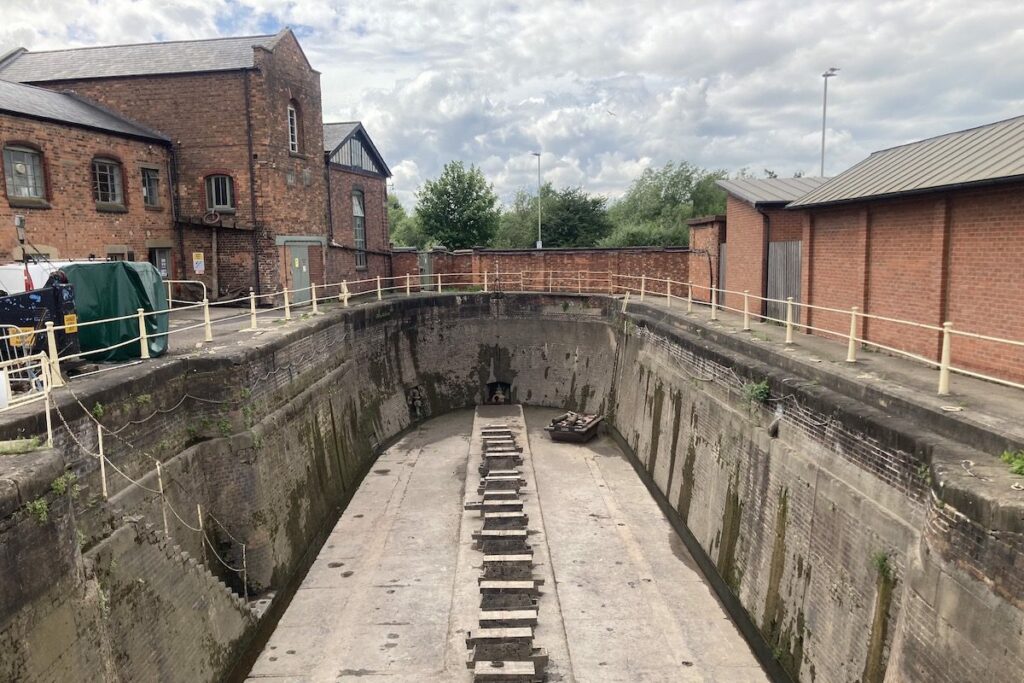
 Rockley Engine Tower & Furnace
Rockley Engine Tower & Furnace